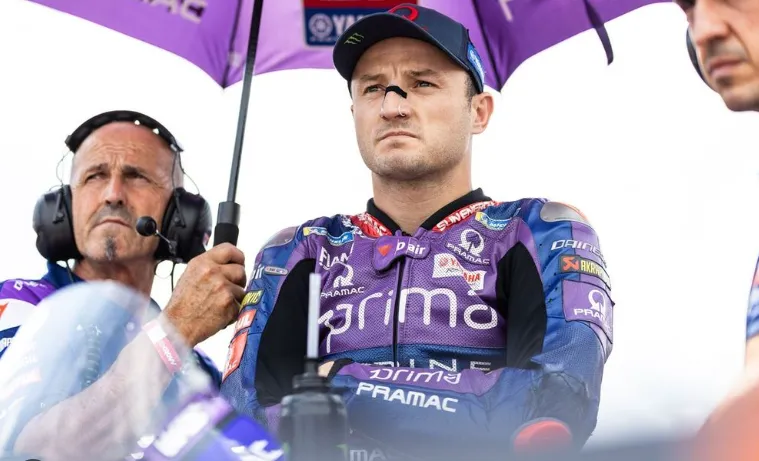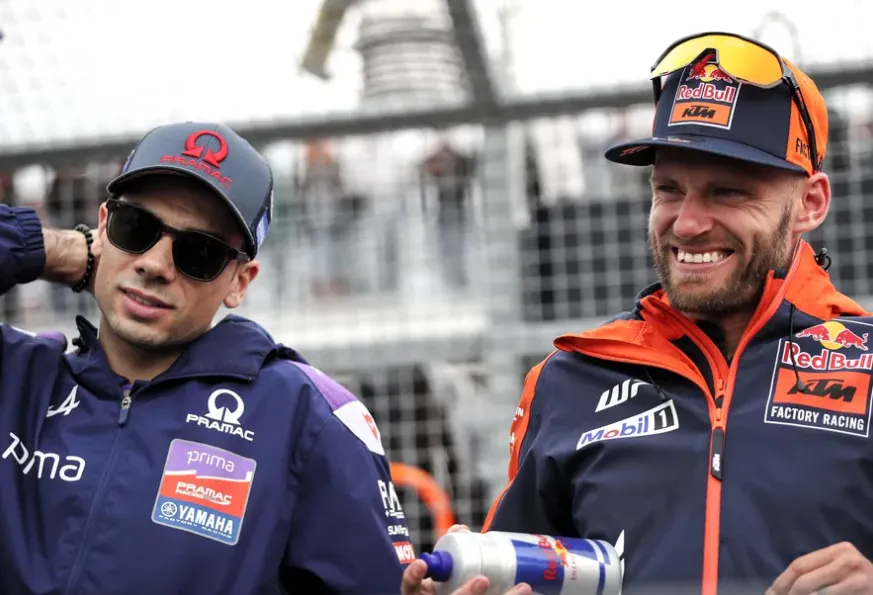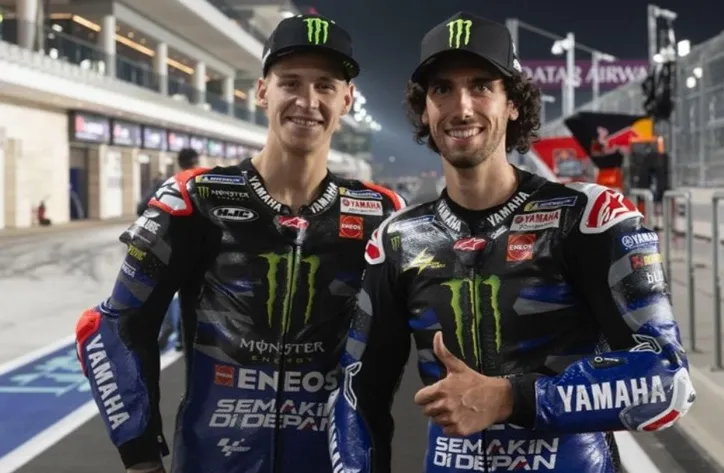
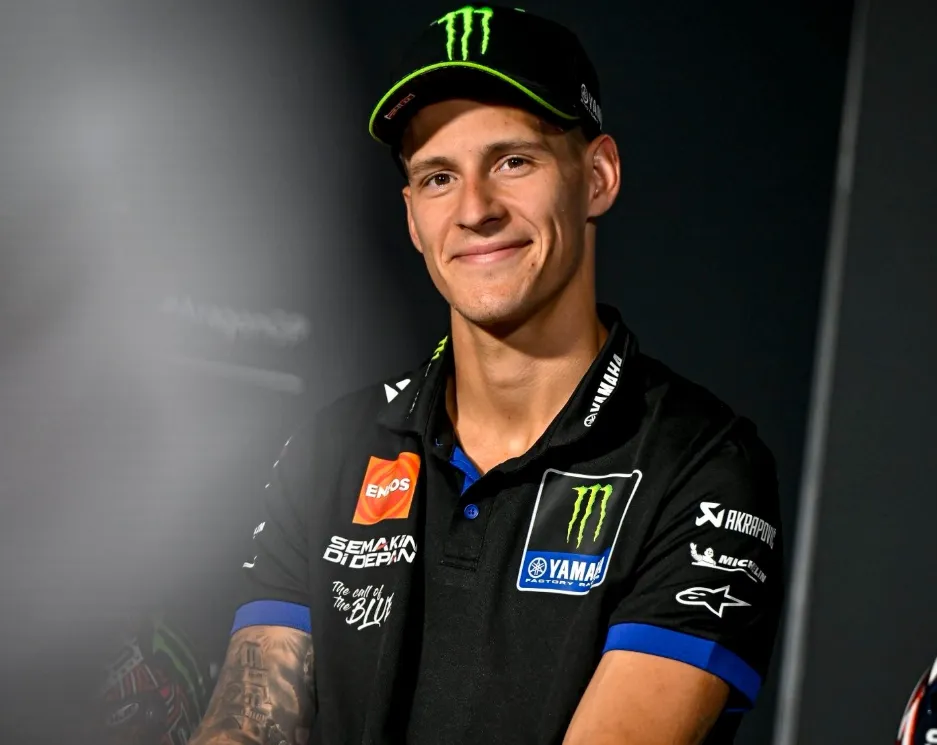
Great Hopes from Yamaha: Progress Signs Highlighted as Quartararo Awaits V4 Test”
Yamaha is walking a tightrope between tradition and transformation in the ever-evolving world of MotoGP, and the 2025 season might prove to be a turning point. With a development strategy focused on maintaining their established inline-4 engine while cautiously introducing a new V4 prototype, the Japanese manufacturer is navigating a delicate balance between past identity and future competitiveness.
For factory star Fabio Quartararo, the highly anticipated transition to the V4 powerplant won’t happen overnight. As the Frenchman holds out for a version that shows “solid potential,” test duties have fallen to Andrea Dovizioso and Augusto Fernandez, signaling Yamaha’s calculated and measured approach.
Yamaha’s Inline-4 Legacy Meets the V4 Revolution
Unlike Ducati, KTM, and Aprilia, Yamaha has long clung to its inline-4 architecture. That design has brought success, including Quartararo’s 2021 World Championship. However, the explosive evolution of rival machines—especially the V4-equipped Ducati Desmosedici—has exposed the limitations of Yamaha’s traditional package.
Rather than rushing to abandon what’s familiar, Yamaha’s technical department has opted for a dual-development approach. Both the inline-4 and the experimental V4 are being tested concurrently. According to team director Massimo Meregalli, the V4 is not yet mature enough for race weekend deployment, especially for a rider of Quartararo’s caliber.
“The testing team is busy developing both bikes. We are not in the moment to evaluate the performance,” Meregalli stated, emphasizing the cautious nature of their strategy.
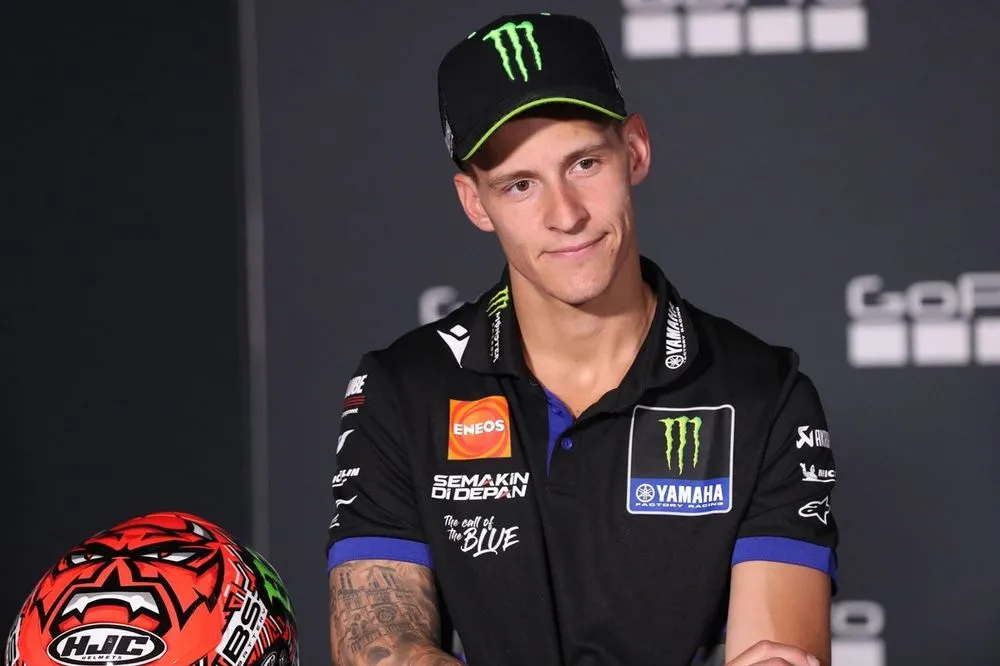
Fabio Quartararo Remains Focused on the Present
Despite growing pressure to evolve, Fabio Quartararo is not being rushed into riding Yamaha’s prototype V4. The factory rider remains deeply involved in refining the inline-4 while waiting for a credible alternative to present itself.
Meregalli clarified the team’s approach:
“If they feel no negatives, then it’s the path we work with. It’s a matter of fine-tuning.”
This approach reflects Yamaha’s philosophy: avoid compromising performance with premature testing. While the V4 engine remains in its infancy, Quartararo continues to wrestle with a machine that, while improved, still lacks the punch of its rivals down the straights.
Yet Quartararo’s role is no less vital. In fact, his feedback continues to guide Yamaha’s inline-4 evolution, allowing the factory to squeeze every possible advantage out of the current bike as the V4 incubates in the background.
Test Riders Lead the Way: Dovizioso and Fernandez’s Crucial Role
The decision to delegate V4 test duties to Andrea Dovizioso and Augusto Fernandez reflects both Yamaha’s patience and strategic planning. Dovizioso’s deep understanding of V4 machinery—gained during his long tenure with Ducati—makes him an ideal candidate to evaluate Yamaha’s newborn prototype.
Meanwhile, Fernandez, a rising talent with MotoGP experience, offers a fresh perspective and helps collect data across rider styles. The duo’s input could define the trajectory of Yamaha’s future.
They are not only assessing the engine’s raw power and delivery, but also its rideability, braking behavior, and aerodynamic compatibility—essential aspects when blending the V4’s DNA into Yamaha’s racing identity.
Improvements Measured in Seconds: Yamaha’s Quiet Progress
While the V4 project is drawing headlines, Yamaha’s inline-4 package is quietly improving. One of the clearest signs of progress came at this year’s Aragon Grand Prix. There, Yamaha managed to cut the race gap to the front from a staggering 39 seconds in 2024 to just 19 seconds in 2025.
“The fastest lap was also better: from 1.3 seconds off to under four tenths,” Meregalli proudly noted.
These gains may appear modest on the surface, but in the high-stakes world of MotoGP, shaving off even half a second can be monumental. It signals enhanced engine power, better electronics, and improved bike balance—all signs of diligent and smart development behind the scenes.
Quartararo’s Determination Still Shines Bright
Despite Yamaha’s known limitations, Fabio Quartararo remains a beacon of talent and determination. The 2025 Aragon GP was a reminder of what the Frenchman can achieve, even without the best machinery underneath him.
After struggling during Friday’s practice, Quartararo rebounded strongly, making it into Q2 and qualifying on the third row—a result many wouldn’t have expected based on earlier form.
“He did a really good lap time,” Meregalli said. “I liked how, after struggling on Friday, we got into Q2 and started from the third row. The plan was longer, but we ran out of time.”
Though the weekend didn’t produce a podium, Quartararo’s drive and feedback were essential to Yamaha’s ongoing tweaks. His ability to extract lap time under pressure remains one of the team’s biggest assets.
Beyond the Engine: Experimental Setups Tested
Yamaha used the post-race Aragon testing window to trial setups and changes not typically possible during race weekends. While details remain under wraps, these experiments are critical to fine-tuning geometry, electronics, and suspension—areas that heavily influence how an engine performs over a race distance.
With the inline-4 nearing its development ceiling, these subtle changes could be the key to squeezing out a few extra tenths—a strategy that might just keep Yamaha competitive until the V4 is ready for prime time.
Why Yamaha Won’t Rush the V4 Transition
The temptation to go all-in on the V4 transition is real, especially given the dominance of V4 machines in recent championships. Yet Yamaha has been burned before by rushing development—particularly with aerodynamics and electronics in the past.
This time, the team is committed to a step-by-step rollout, ensuring that every new component is rigorously tested and validated before being entrusted to Quartararo or used in race conditions.
That’s why Quartararo won’t see the V4 until test riders give the green light.
“It’s not just power. It’s braking, throttle response, balance, reliability. We’re working on everything,” said an internal source close to Yamaha’s testing program.
Looking Ahead: Yamaha’s 2025 and 2026 Ambitions
Yamaha’s dual-path development plan has clear short- and long-term goals.
Short-term: Close the performance gap with incremental upgrades to the inline-4 and capitalize on tracks where handling trumps horsepower.
Mid-term: Continue refining the V4 engine until it’s competitive across race simulations and rider feedback becomes consistently positive.
Long-term: Transition to the V4 fully by late 2026, once all reliability, performance, and setup challenges are addressed.
This roadmap offers a glimmer of hope to Yamaha fans who have watched their team fall from title contention over recent seasons.
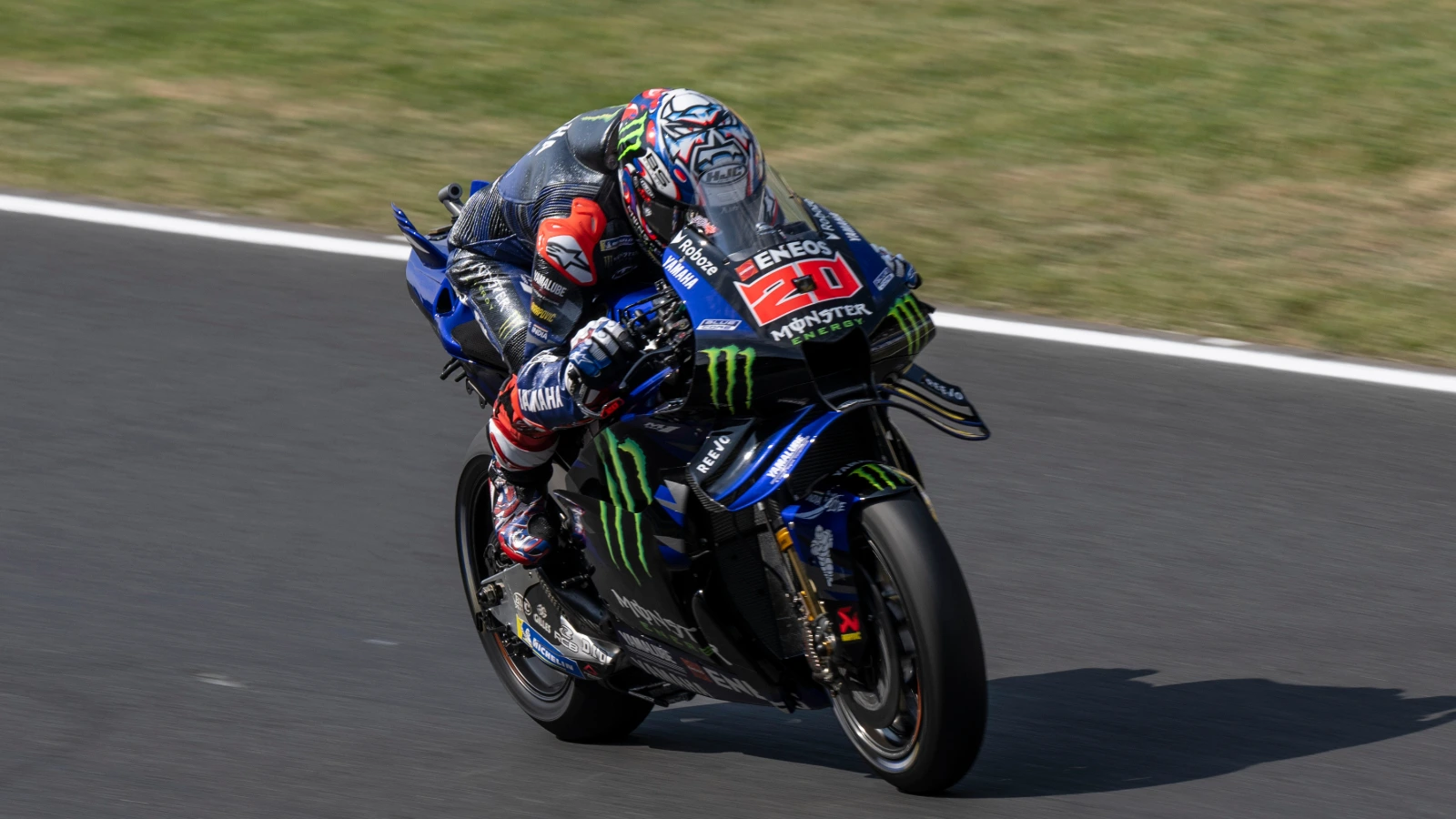
Will Fabio Quartararo Stay for the V4 Era?
The looming question remains: will Fabio Quartararo be around to race Yamaha’s V4?
With his contract set to expire at the end of the 2025 season, and rumors linking him to other factories swirling, Yamaha’s urgency isn’t just technical—it’s strategic. The Frenchman’s future may well depend on how convincing the V4 appears once it’s finally in his hands.
“He’s committed, but we also know he needs a winning bike,” a team insider admitted.
Conclusion: A New Chapter on the Horizon
Yamaha’s dual-engine development strategy may seem conservative in a sport that rewards aggression, but it reflects a deep understanding of the challenges of MotoGP. Balancing legacy with innovation, performance with reliability, and patience with pressure, the factory is trying to reinvent itself without losing its soul.
As Fabio Quartararo keeps grinding with the inline-4, and Dovizioso and Fernandez shepherd the V4 forward, Yamaha’s future hangs in delicate balance—but if this strategy pays off, the blue team could re-emerge as a championship force by 2026.








